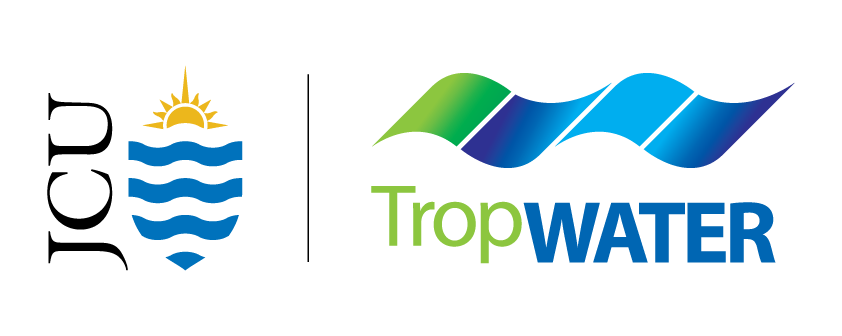Restoring lost seagrass meadows in the Great Barrier Reef
- Tropwater JCU
- Jun 21, 2023
- 1 min read
Updated: May 22, 2024

The first meadow-scale seagrass restoration project in Tropical Australia is set to breathe new life into two vital seagrass areas of the Great Barrier Reef World Heritage Area.
Led by James Cook University’s TropWATER Centre, the project will restore crucial seagrass habitats within the Wet Tropics region that suffered substantial losses due to repeated flood events leading up to 2011. The meadows have not recovered since these floods.
Project lead Associate Professor Michael Rasheed said the project would establish targeted seagrass restoration techniques and assess the impacts to seagrass Blue Carbon and the resurgence of fisheries functions in the restored seagrass.
“This project builds on three years of local trials that have developed effective restoration techniques ready to be rolled out on a large scale,” he said.
“We are really excited to partner with four Traditional Owner groups on whose sea country the work will take place as well as recreational fishing volunteers and world-leading science teams from three universities, conservation NGOs, and industry to deliver this project,” he shared.
“Results of the project will provide critical information toward developing a seagrass restoration methodology for Blue Carbon application in future seagrass restoration programs throughout tropical Australia and importantly leave a legacy of empowered Traditional Owners and Community for long-term stewardship of the restored seagrass areas.”
The project is funded under BHP’s Blue Carbon grant program, which aims to provide funding and support to emerging blue carbon projects.

